Buy or gift a stand-alone digital subscription and get unlimited access to dozens of back issues for just £18.99 / $18.99 a year.
Please register at www.exacteditions.com/digital/cornucopia with your subscriber account number or contact subscriptions@cornucopia.net
Buy a digital subscription Go to the Digital EditionAnother of Sinan’s masterpieces (completed when he was in his 90s), the mosque was commissioned by Kılıç Ali Pasha, a corsair who later became an Ottoman admiral, the Bey of the Regency of Algiers and finally the Grand Admiral (Kapudan Pasha) of the Ottoman Fleet in the 16th century.
The dome of the mosque is similar to a Byzantine basilica and is thus reminiscent of Haghia Sophia. Above the prayer hall are five small domes on six marble columns. The tile panels up top in the prayer hall are inscribed with ayats (verses) from the Quran. The mosque has only one minaret with one gallery. From the central dome once hung a 16th-century ship lamp but this was moved to the Museum of Ottoman and Turkish Naval History in 1948. There are two chronograms that date the mosque, both inscribed with the year 988 in the Hijri (Islamic) calendar, which coincides to 1580.
Besides a mosque, there is also a medrese, a mausoleum (türbe) that Sinan built for Kılıç Ali Pasha and a marble fountain on the complex. As well as that, the magnificent Kılıç Ali Paşa Hamam (enter on Hamam Sok) was also built by Sinan in 1580 and beautifully restored in 2012. A few hours spent here is highly recommended.
Mimar Sinan’s important 16th-century Kılıç Ali Pasha Mosque was commissioned by the Calabrian-born Giovanni Dionigi Galeni, who was captured by Barbary pirates on his way to Naples to study for the priesthood, became a galley slave and ended up in the service of the sultan, finally being made an Ottoman grand admiral and becoming Ali Pasha.
The mosque originally stood on the Bosphorus shoreline in full view of Topkapı Palace. The plan is a copy of Ayasofya’s, and it has the same calligraphic discs in the corners below the central dome. Kılıç Ali Pasha gained his epithet (kılıç means “sword”) by rescuing his squadron at the disastrous battle of Lepanto in 1571. He died a sprightly 90-year-old in the arms of a concubine (strictly against doctor’s orders). Like other Ottoman admirals, in winter he kept sailors employed building astonishing monuments. He oversaw the only surviving Sinan building in the Topkapı harem, Murad III’s domed bedchamber, which has tiles similar to those in the mosque.
Two unmagical restorations (one to repair damage done by the other) have hardly been helped by brash paintwork and baroque chairs, yet nothing can detract from the architectural wizardry. To see Sinan’s artistry stripped to bare essentials, step into the hamam next door.
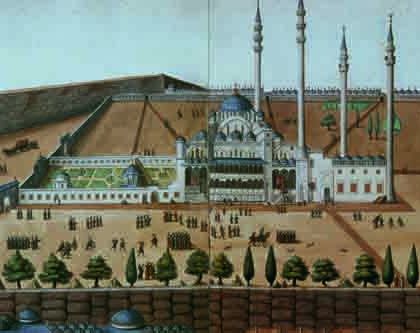
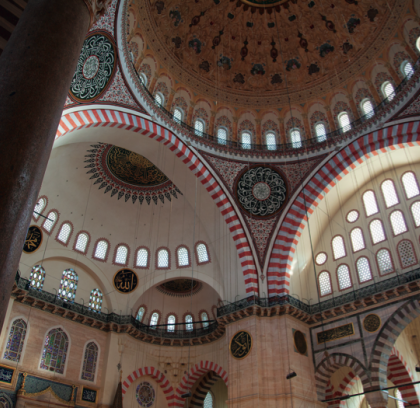
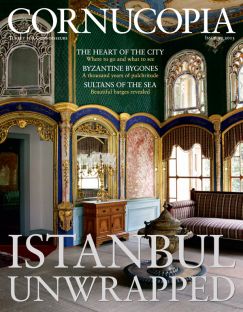
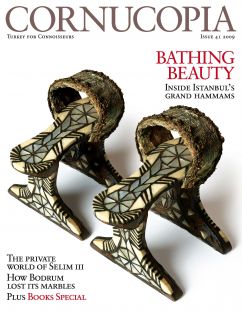
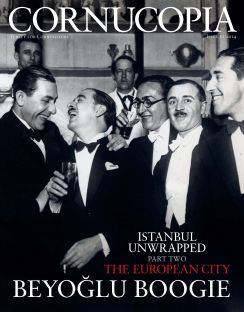
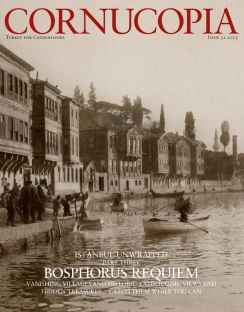
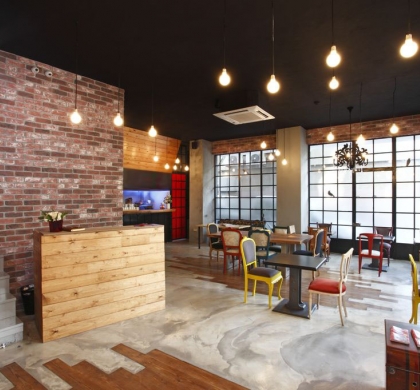

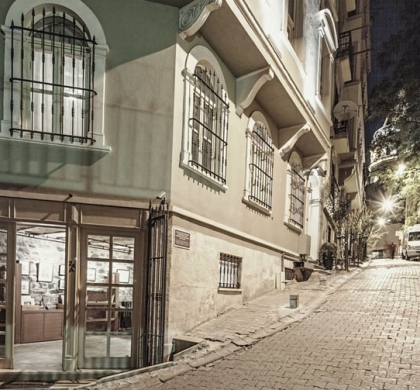
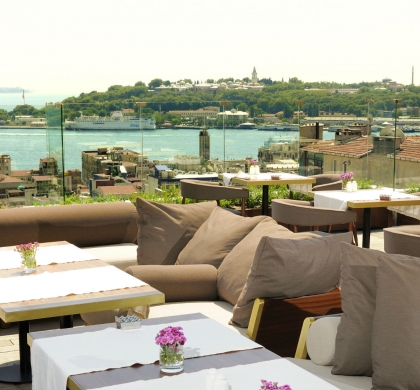
 Issue 66, December 2023
Turkey’s Centenary Issue
Issue 66, December 2023
Turkey’s Centenary Issue

Cornucopia works in partnership with the digital publishing platform Exact Editions to offer individual and institutional subscribers unlimited access to a searchable archive of fascinating back issues and every newly published issue. The digital edition of Cornucopia is available cross-platform on web, iOS and Android and offers a comprehensive search function, allowing the title’s cultural content to be delved into at the touch of a button.
Digital Subscription: £18.99 / $18.99 (1 year)
Subscribe now